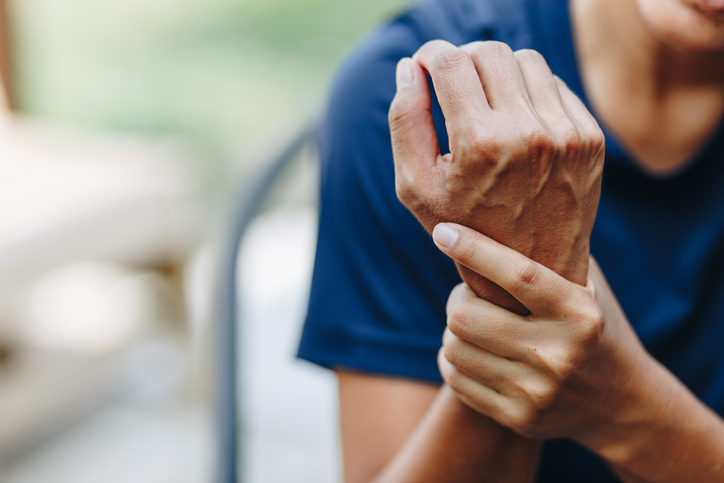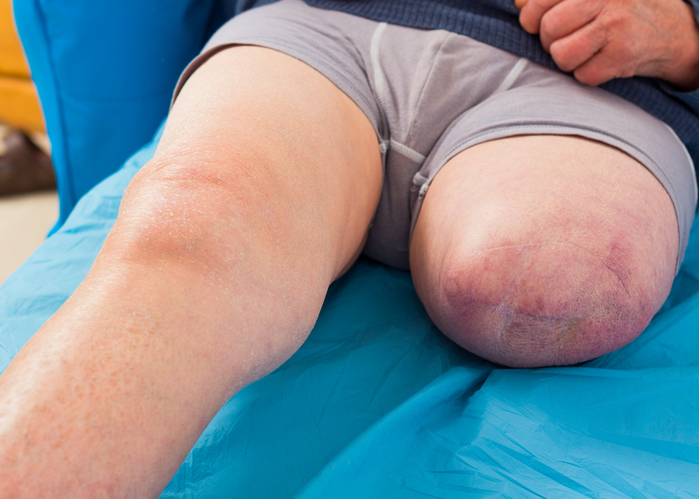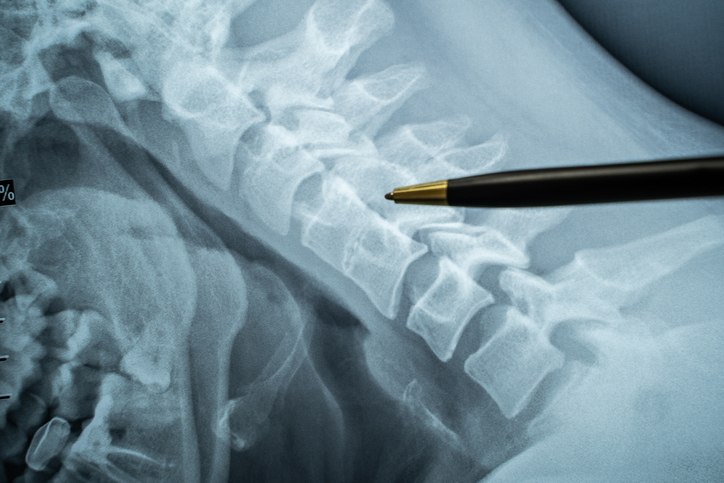Pain
Chronic Pain in Children

Although chronic pain conditions are typically associated with adults, children can also experience chronic pain (pain that is present for at least three months). Various types of chronic pain conditions can develop in childhood, including headaches, fibromyalgia, juvenile arthritis, and abdominal pain from conditions such as irritable bowel syndrome.
Chronic pain can prevent a child from participating in school and social or recreational activities. It can lead to feelings of depression and isolation. A child’s chronic pain can also affect the whole family, potentially causing anxiety or depression in parents or caregivers and causing lost work time or other disruptions to family life.
The reactions of parents or caregivers to a child’s pain can have an effect on how the child copes with their pain. If parents overreact or are overprotective, a child’s pain-related distress may increase. It is important not only to validate the child’s pain but also to encourage them to be resilient.
Treatment of chronic pain in children
Pain management teams for children with chronic pain often include physicians, physical therapists, occupational therapists, psychologists, and social workers. Parents or caregivers may also work with social workers or family therapists.
Medications that may be recommended include acetaminophen, ibuprofen, tricyclic antidepressants, lidocaine patches, and stool softeners or bowel stimulants.
Other treatments, tools, and strategies that may be beneficial for children with chronic pain include the following:
- Age-appropriate physical therapy to improve movement, restore function, and reduce pain
- Mind-body techniques (appropriate for the child’s age), including
yoga, guided imagery, biofeedback, progressive muscle relaxation, deep breathing exercises, distraction, mindfulness, meditation, or massage - Cognitive behavioral therapy or other forms of psychotherapy to improve coping skills, decrease levels of anxiety or depression, and reduce pain levels
- Sleep hygiene practices
- Proper nutrition
- School accommodations, such as shortened school days, excusal from physical education, or permission to eat lunch in a quiet environment
Children who receive adequate treatment for their pain and are able to participate in school and other activities typically experience less pain and disability. They also experience a better quality of life into adolescence and adulthood.

















